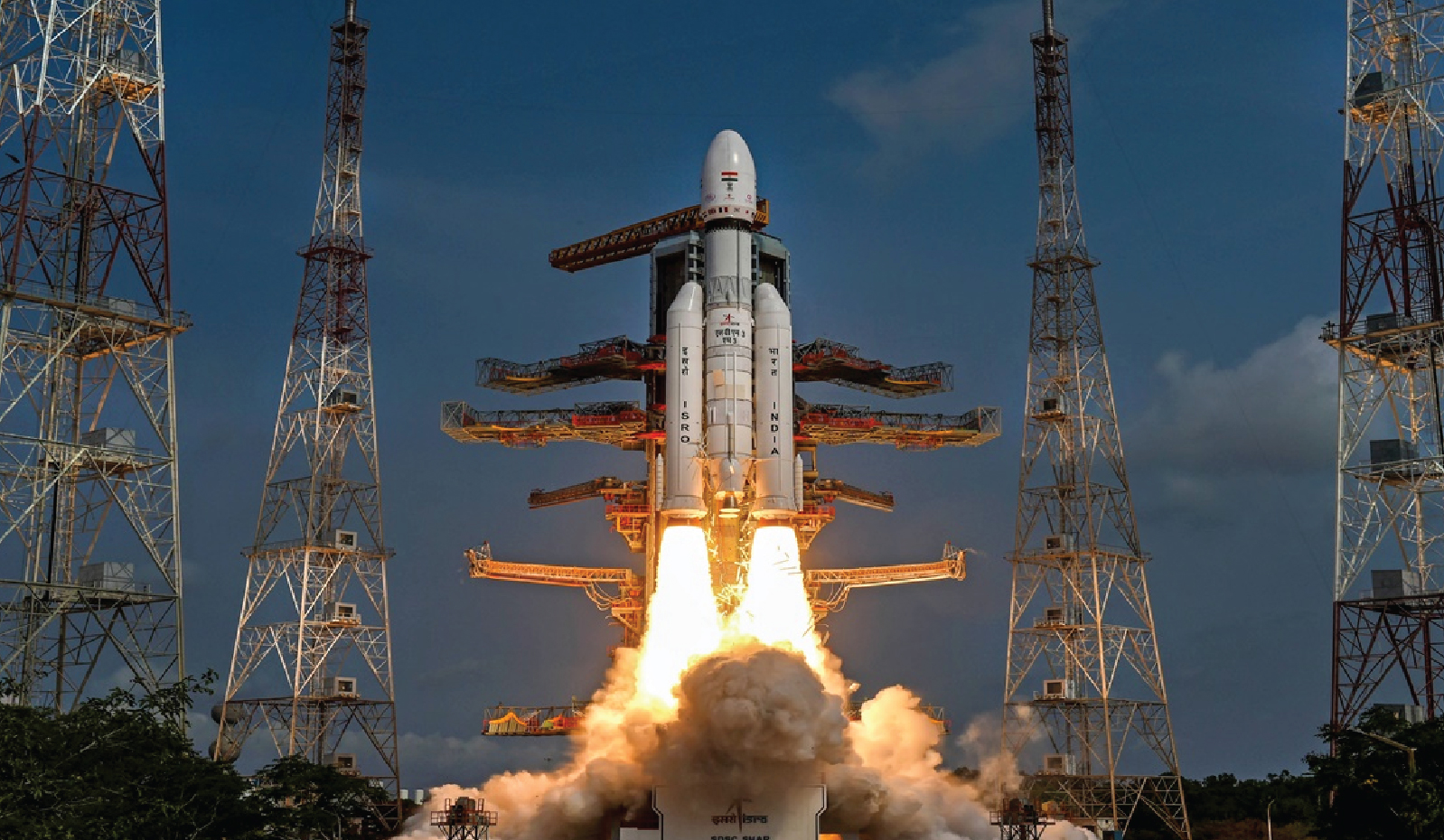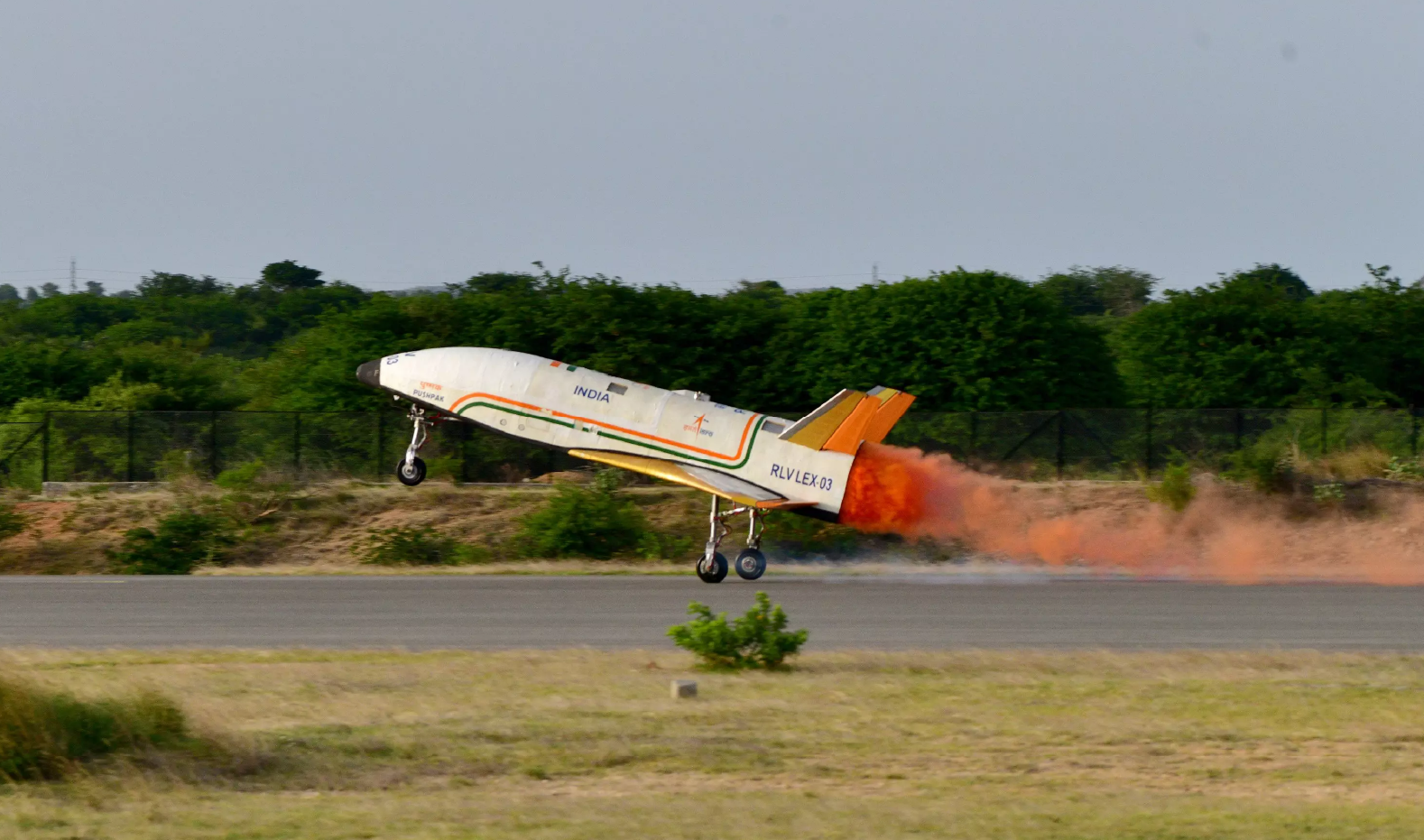Why in the News?
Recently, a Hyderabad-based private firm handed over two 400 kg class satellites to ISRO, which will be part of the Space Docking Experiment (SPADEX) planned at the end of 2024.
About Space Docking
- Space docking involves precise connection of two spacecraft, whether manned or unmanned, allowing those to operate as a single unit for critical tasks such as refuelling, repair, and crew exchange.
- It enables the construction of cutting-edge facilities (like International Space Station) in orbit and advancing space exploration.
- Some spacecraft dock with the International Space Station and others berths with the station.
- In Docking, the spacecraft can maneuver and attach to the station by itself.
- In Berthing, an astronaut uses the station's robotic arm to capture the spacecraft. Then Mission Control takes control from the ground and directs the arm to maneuver the spacecraft to the attachment site.

About Space Docking experiment (SPADEX)
- ISRO's SPADEX is a technology demonstration experiment aimed at mastering autonomous docking, a critical capability that only a select few countries (the US, Russia, and China) have.
- The two satellites named 'Chaser' and 'Target' will be launched into slightly different orbits by a single PSLV-class vehicle with an aim to dock at an altitude of about 700 km.
- They will align precisely at speeds of approximately 28,000 km/h to perform a 'space handshake' docking to become a single orbiting entity.
- These satellites will perform complex maneuvers, including:
- Autonomous Rendezvous and Docking: The spacecraft must autonomously navigate, approach, and securely dock while coordinating with each other.
- Formation Flying: Demonstrating precise orbital control to maintain relative positions, a key skill for future in-space assembly and satellite servicing.
- Remote Operations: The mission will experiment with controlling one spacecraft using the Attitude Control System of the other in docked configuration.
- Additionally, it will explore the use of robotic arm technologies for in-space manipulation and servicing.
Significance for India
- Space Exploration: SPADEX focuses on scalable and cost-effective docking technology developed in India, essential for India's space exploration ambitions such as
- Gaganyaan for human space flight,
- Chandrayaan-4 for lunar sample returns,
- Bharatiya Antariksha Station (BAS) for permanent infrastructure in outer space, etc.
- Private Sector Participation: Marks a milestone in private sector participation, enabled by space sector reforms like IN-SPACe.
- This is the first instance of complete satellite integration by a private company to be used by the ISRO.
- Future Impact: Enables international collaboration opportunities for building space infrastructure and deep space exploration along with earning crucial foreign exchange.
- Other Potential Applications: Longevity of Geostationary Satellites, future interplanetary missions (such as Mars), assembling space solar stations for generating electricity from the Sun, etc.
Challenges
- Complex Docking Mechanism: Satellites travelling at immense speeds (about 8-10 km per second) requires precise communication and coordination for docking.
- Any errors in the navigation and control system can result in collision or failure to dock as seen recently in the Sunita Williams' case.
- Automated Systems: Autonomous complex maneuvers in real-time is technologically challenging due to various dynamic factors such as relative speeds and trajectories.
- Sensor Reliability: The sensors used for docking (e.g., cameras, LIDAR, and radar) can face difficulties in the harsh environment of space.
- Other challenges: Space debris threat, microgravity effects, data transfer and communication stability, etc. must also be considered at the planning stage.
Conclusion
The development of advanced space technologies by India represents a significant leap forward in space exploration capabilities. Such advancements reflect the nation's commitment to scientific and technological self-reliance and its aspirations to be a frontrunner in global space research and development, in line with the Atmanirbhar Bharat vision.






